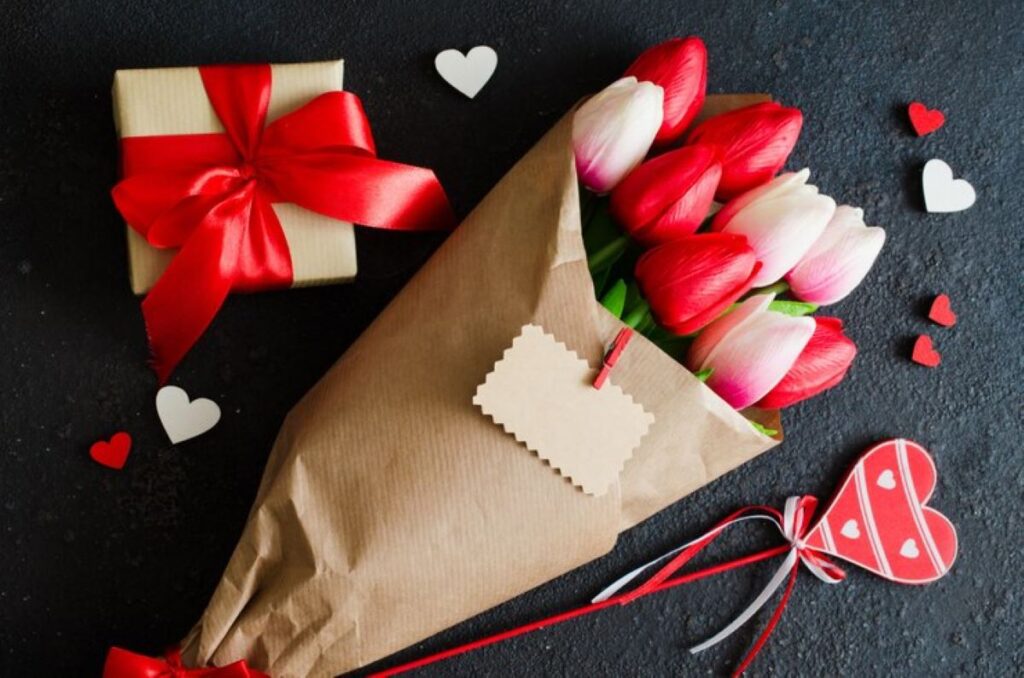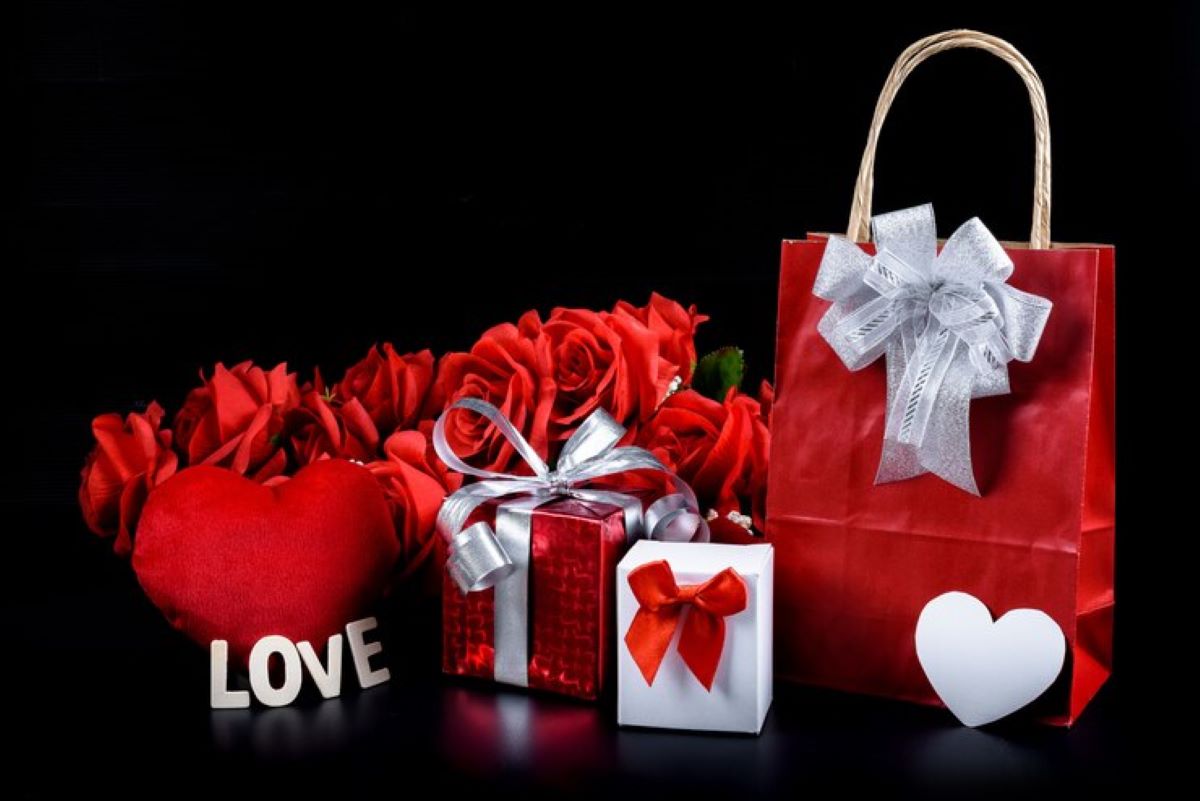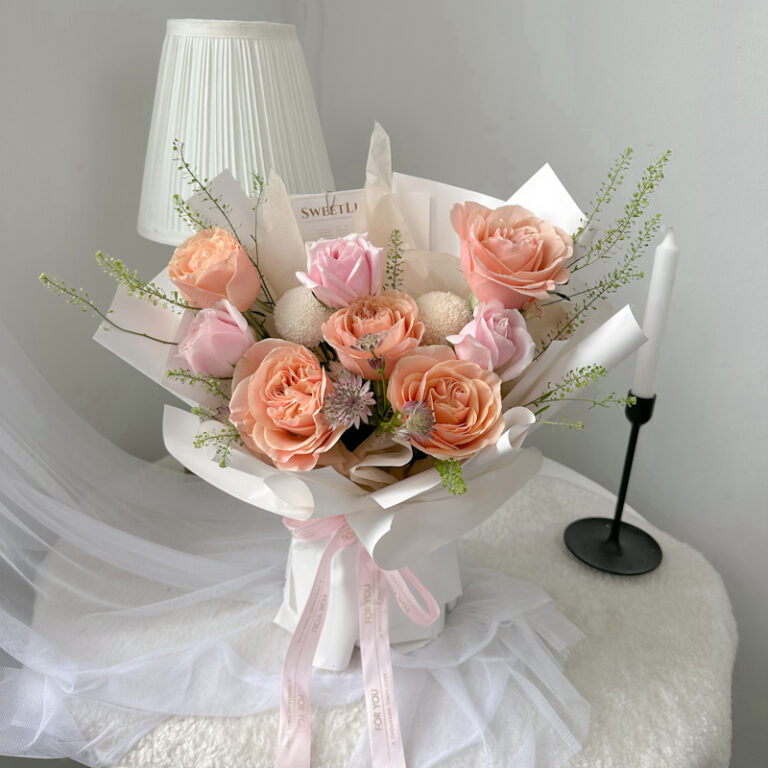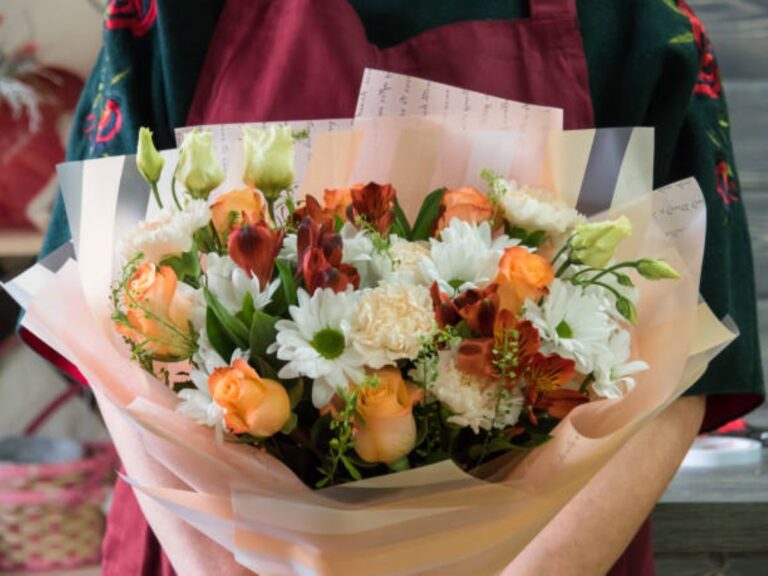How to Choose the Right Flowers in Castlecrag
Choosing the right flowers can transform your garden into a beautiful sanctuary. In Castlecrag, a suburb of Sydney known for its picturesque landscapes, selecting flowers that thrive in the local environment is crucial. This article will guide you through understanding local conditions, exploring the symbolism of flowers, and considering the purpose behind your choices.
Understanding the climate and soil of Castlecrag
To ensure a flourishing flower garden, it is essential to comprehend the unique climate and soil conditions of Castlecrag. This knowledge will enable you to make informed decisions that lead to vibrant and healthy plants.
The impact of local weather on flower selection
The climate in Castlecrag is classified as temperate, with mild winters and warm summers. This weather pattern plays a critical role in determining which flowers will thrive. For instance, flowers that prefer full sun, such as geraniums and lavender, are well-suited for the long, sunny days of summer. On the other hand, many native Australian flowers castlecrag, which are adapted to the local conditions, can provide a beautiful and low-maintenance option for gardeners.
Seasonal changes should also be taken into account. During the cooler months, frost can occasionally affect tender plants, so it’s wise to select varieties that are resistant or to protect delicate specimens with covers during such periods. Understanding these climatic nuances helps you select flowers that will bloom beautifully throughout the year. Additionally, the presence of coastal breezes can influence temperature and humidity levels, making it beneficial to consider windbreaks or sheltered spots for more delicate species, ensuring they remain protected from harsh weather conditions.
Soil types in Castlecrag and their influence on plant growth
The soil in Castlecrag varies significantly across the area, including sandy, clay, and loamy types. Each soil type has different characteristics that influence how well certain flowers will establish themselves. Sandy soils drain quickly, making them ideal for drought-tolerant plants like succulents and some natives. In contrast, clay soils retain moisture and nutrients but can become compacted, necessitating the selection of flowers that can thrive in heavier conditions, such as daylilies.
Testing your soil pH can also provide insights into which flowers will flourish. Most flowering plants prefer slightly acidic to neutral soil. You can amend your soil as needed to create the perfect environment for your plants, ensuring a successful bloom. Furthermore, incorporating organic matter, such as compost or well-rotted manure, can significantly enhance soil structure and fertility, promoting healthier root systems. This practice not only improves drainage in clay soils but also increases moisture retention in sandy soils, creating a more balanced environment for your garden to thrive.
Exploring the symbolism of different flowers
Beyond aesthetics, flowers carry rich meanings and symbolism that can enhance their selection for particular occasions or settings. Understanding these connotations can add depth to your floral arrangements and garden style.
Traditional meanings of popular flowers
Many flowers are associated with specific meanings, influenced by historical symbolism and cultural contexts. For example, roses, synonymous with love and passion, come in various colours, each representing different sentiments. Red roses signify romantic love, while yellow roses can denote friendship and joy.
Another example is lilies, which symbolise purity and renewal, making them ideal for weddings and religious ceremonies. Understanding these meanings can help guide you in selecting flowers that resonate with the emotions and sentiments you wish to convey. Furthermore, the delicate fragrance of jasmine is often linked to love and sensuality, making it a popular choice for romantic gestures. In contrast, the humble daisy, with its simple charm, represents innocence and new beginnings, making it a fitting tribute for celebrations such as christenings or graduations.
Contemporary interpretations of flower symbolism
While traditional meanings remain prevalent, contemporary interpretations have emerged, often allowing for personal sentiment and creativity. For instance, sunflowers are now celebrated not only for their vibrant beauty but also for their symbolism of happiness and positivity.
This shift opens up an exciting avenue for individual expression in flower selection. You can choose blooms based on personal significance, perhaps selecting flowers that evoke cherished memories or reflect your unique style. This modern approach encourages a more personalised garden aesthetic. Additionally, the rise of social media has influenced floral trends, with certain flowers gaining popularity for their photogenic qualities. Flowers like peonies and hydrangeas are now often chosen not just for their meanings but also for their visual appeal in photographs, allowing individuals to curate a floral narrative that speaks to both their emotions and their artistic sensibilities. As we navigate this evolving landscape of floral symbolism, the interplay between tradition and personal interpretation continues to enrich our connection to the natural world.
Considering the purpose of your flower selection
Identifying the purpose behind your flower selection is vital, as it will influence the types of flowers you choose. Whether for aesthetic appeal, scent, or special occasions, understanding your goals will lead to a more fulfilling gardening experience.
Flowers for home gardens: aesthetics and scent
When creating a home garden, consider both the visual impact and the sensory experience. Flowers such as peonies and chrysanthemums offer stunning visual displays, while fragrant varieties like jasmine and gardenias can create an inviting atmosphere.
Designing with a mix of colours and heights can provide year-round interest. You might opt for seasonal bloomers to ensure something is always flowering, creating a dynamic landscape that continues to evolve. Incorporating colour theory by complementing or contrasting hues will also enhance the overall aesthetics of your garden.
Additionally, consider the role of foliage in your garden. Plants with interesting leaves can provide texture and depth, even when flowers are not in bloom. Evergreens, such as boxwood or holly, can serve as a backdrop for your flowering plants, ensuring that your garden remains visually appealing throughout the year. Furthermore, incorporating native plants can attract local wildlife, such as bees and butterflies, enriching the biodiversity of your garden while also supporting the environment.

Choosing flowers for special occasions
Special occasions often call for specific flowers that reflect the event’s mood and significance. For weddings, seasonal blooms such as hydrangeas or orchids are popular choices, as they provide elegance and beauty that complements the celebration.
Similarly, flowers used in sympathy arrangements often include lilies and roses, conveying compassion and remembrance. Understanding the context and emotions associated with particular occasions will guide your selections, ensuring they resonate with those who experience them.
Moreover, the symbolism of flowers can play a significant role in your choices. For instance, red roses are universally recognised as symbols of love and passion, making them a classic choice for romantic occasions. Conversely, yellow roses can signify friendship and joy, making them suitable for celebrations such as anniversaries or birthdays. By thoughtfully considering the meanings behind different flowers, you can create arrangements that not only beautify the occasion but also convey heartfelt sentiments, enhancing the emotional connection of the event.
Local flower shops and nurseries in Castlecrag
Supporting local businesses not only contributes to the community but can also lead to finding the best plants for your garden. Castlecrag is home to a variety of flower shops and nurseries that offer an impressive selection of flora. These establishments are often run by passionate individuals who have a deep-rooted connection to the area, providing a unique insight into the best plants suited for local conditions. The charm of these shops lies not just in their products, but also in the stories and experiences shared by the owners, making each visit a delightful exploration of horticultural knowledge.
What to look for in a quality flower shop
When searching for a quality flower shop, consider factors such as variety, freshness, and expert knowledge. A reputable shop should offer a diverse selection of flowers, including seasonal and locally sourced options, ensuring you always have access to the best blooms available. Look for shops that change their offerings with the seasons, showcasing the vibrant colours and scents that each time of year brings. This not only enhances your gardening experience but also allows you to appreciate the natural cycles of growth and renewal.
Additionally, staff who are knowledgeable about flower care and local growing conditions can provide invaluable advice, helping you select the right flowers for your specific needs. Engaging with local flower shops can enrich your gardening experience and foster a sense of community. Many shops also host workshops and events, where you can learn about flower arranging, propagation techniques, or even the basics of creating a sustainable garden. These activities not only enhance your skills but also connect you with fellow gardening enthusiasts in the area.
The benefits of choosing local nurseries
Local nurseries often possess plants that are better adapted to the local environment, ensuring higher survival rates in your garden. They also typically offer a range of native plants, which can enhance biodiversity and support local wildlife. By choosing native species, you contribute to the preservation of local ecosystems, providing habitats for pollinators such as bees and butterflies, which are essential for a healthy garden. Furthermore, many local nurseries are committed to sustainable practices, using organic methods that benefit both your garden and the environment.
Moreover, purchasing from local nurseries strengthens the community’s economy and allows you to build relationships with knowledgeable staff who can offer ongoing advice and support for your gardening endeavours. These connections can lead to valuable insights about local gardening trends, pest management strategies, and even recommendations for complementary plants that thrive together. Many nurseries also provide loyalty programs or discounts for repeat customers, encouraging you to return and explore new additions to your garden. Engaging with these local businesses not only enhances your gardening journey but also fosters a sense of belonging within the Castlecrag community.
See Also : Why Flower Delivery in Castlecrag Makes Gifting Easy
Maintaining your flowers for longevity
After selecting the perfect flowers for your garden, maintaining them properly is crucial for ensuring their longevity and blooming potential. A few essential care tips can make a significant difference in the overall health of your plants.
Essential care tips for common flowers
Watering is crucial, yet it is essential to tailor your approach based on the specific needs of each flower type. While some require more frequent watering, others prefer dryer conditions. Regular mulching can also help retain moisture and suppress weeds.
Additionally, regular deadheading—removing spent flowers—encourages further blooming and prevents the plant from wasting energy on seed production. Fertilising during the growing season with appropriate nutrients can also bolster growth and flowering potential.

Dealing with pests and diseases in your flower garden
Even the healthiest gardens can face threats from pests and diseases. Implementing integrated pest management (IPM) techniques—such as using companion planting and natural predators—can help keep pests under control, minimizing chemical use.
Regularly inspecting your plants for signs of disease, such as wilting or discolouration, can help catch issues early. Quarantining affected plants will prevent the spread of disease to healthy specimens in your garden.
By understanding the specific needs of your flowers and taking proactive steps in their care, you can enjoy a flourishing garden that beautifies your home and enhances your outdoor experience.




